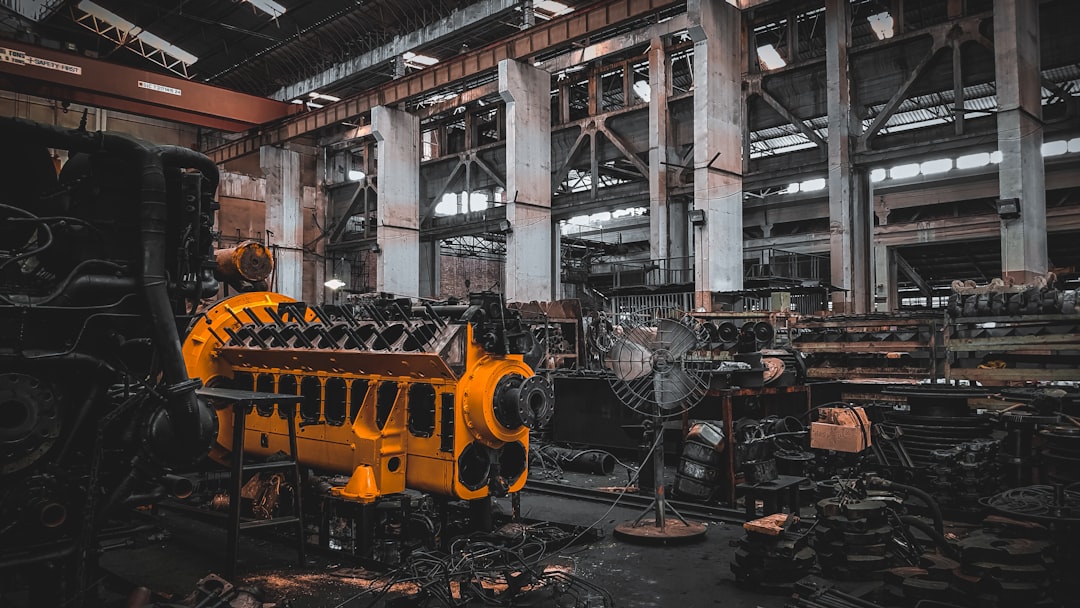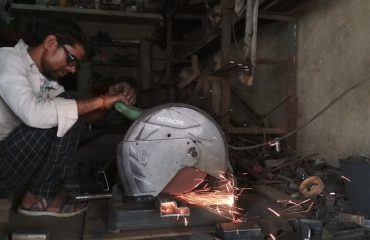Power plants, the behemoths of energy generation, rely on robust and reliable infrastructure. At the heart of this infrastructure lies a critical component: steel profiles. From the towering structures to the intricate internal machinery, steel profiles provide the strength, durability, and precision necessary for efficient and safe operation. This comprehensive guide delves into the multifaceted role of steel profiles in power plant construction and operation.
1. Structural Steel Profiles: The Backbone of Power Plant Construction
The sheer scale of power plants demands robust structural support. Steel profiles, including I-beams, H-beams, channels, and angles, form the backbone of these structures. These profiles are used in the construction of:
- Boiler Houses: Supporting the immense weight of boilers, fuel storage, and associated equipment.
- Turbine Halls: Providing a stable foundation for turbines, generators, and related machinery.
- Control Rooms and Offices: Constructing safe and reliable spaces for plant operation and administration.
- Cooling Towers: Creating the essential framework for these large structures that dissipate heat.
- Stack Structures: Supporting the tall chimneys that vent exhaust gases.
The selection of steel profiles for structural applications depends on factors such as load-bearing capacity, environmental conditions (corrosion resistance), and the overall design requirements. High-strength steels are often preferred to minimize weight and maximize efficiency.
2. Specialized Steel Profiles for Power Generation Equipment
Beyond the main structural elements, steel profiles play a crucial role in the construction of power generation equipment itself. For example:
- Turbine Components: Precisely engineered steel profiles are used in the fabrication of turbine blades, casings, and internal components, requiring high-strength, heat-resistant alloys.
- Boiler Components: Steel profiles contribute to the construction of boiler supports, internal structures, and components that withstand high temperatures and pressures.
- Generator Frames and Supports: Robust steel profiles provide the necessary support for the massive generators, ensuring stability and preventing vibrations.
- Conveyor Systems: Steel profiles form the framework for conveyor systems used to transport fuel, coal, or other materials within the plant.
- Piping Supports: Steel profiles are essential for supporting and securing the extensive network of pipes carrying steam, water, and other fluids.
The manufacturing processes for these specialized profiles often involve advanced techniques like forging, machining, and heat treatment to ensure the necessary precision and durability.
3. Material Selection and Quality Control in Steel Profile Applications
The choice of steel grade is paramount in power plant applications. Factors influencing the selection include:
- Yield Strength: The ability of the steel to withstand stress before permanent deformation.
- Tensile Strength: The maximum stress the steel can endure before breaking.
- Corrosion Resistance: Essential to prevent degradation due to exposure to moisture, chemicals, and high temperatures.
- Weldability: Crucial for joining different steel components.
- Heat Resistance: Important for components exposed to high temperatures, such as boiler components.
Rigorous quality control measures are implemented throughout the entire process, from material sourcing to final installation. This includes regular inspections, testing, and adherence to industry standards to ensure the safety and reliability of the power plant.
4. Manufacturing Processes and Surface Treatments for Enhanced Durability
The manufacturing of steel profiles for power plants often employs advanced techniques to achieve the required properties. These include:
- Hot Rolling: A common method for producing large quantities of steel profiles.
- Cold Forming: Used to achieve higher precision and tighter tolerances.
- Forging: Employed for creating high-strength components with complex shapes.
- Welding: A crucial process for joining steel profiles to create larger structures.
Surface treatments further enhance the durability and lifespan of the steel profiles. These include:
- Galvanizing: Provides corrosion protection through a zinc coating.
- Painting: Offers aesthetic appeal and additional corrosion resistance.
- Protective Coatings: Specialized coatings provide enhanced protection against specific environmental factors.
5. The Future of Steel Profiles in Power Plant Design and Sustainability
With the increasing focus on sustainable energy solutions, the role of steel profiles is evolving. The industry is exploring the use of:
- High-strength low-alloy (HSLA) steels: These offer improved strength-to-weight ratios, leading to lighter and more efficient structures.
- Recycled steel: Reducing the environmental impact of construction by utilizing recycled materials.
- Advanced manufacturing techniques: Optimizing designs and reducing material waste through digital modeling and fabrication.
- Corrosion-resistant coatings: Extending the lifespan of steel profiles and reducing maintenance costs.
The future of power plant construction hinges on innovation and sustainability, and steel profiles will continue to play a vital role in this transition.
Tags: Steel profiles, power plants, structural steel, energy generation, construction materials




